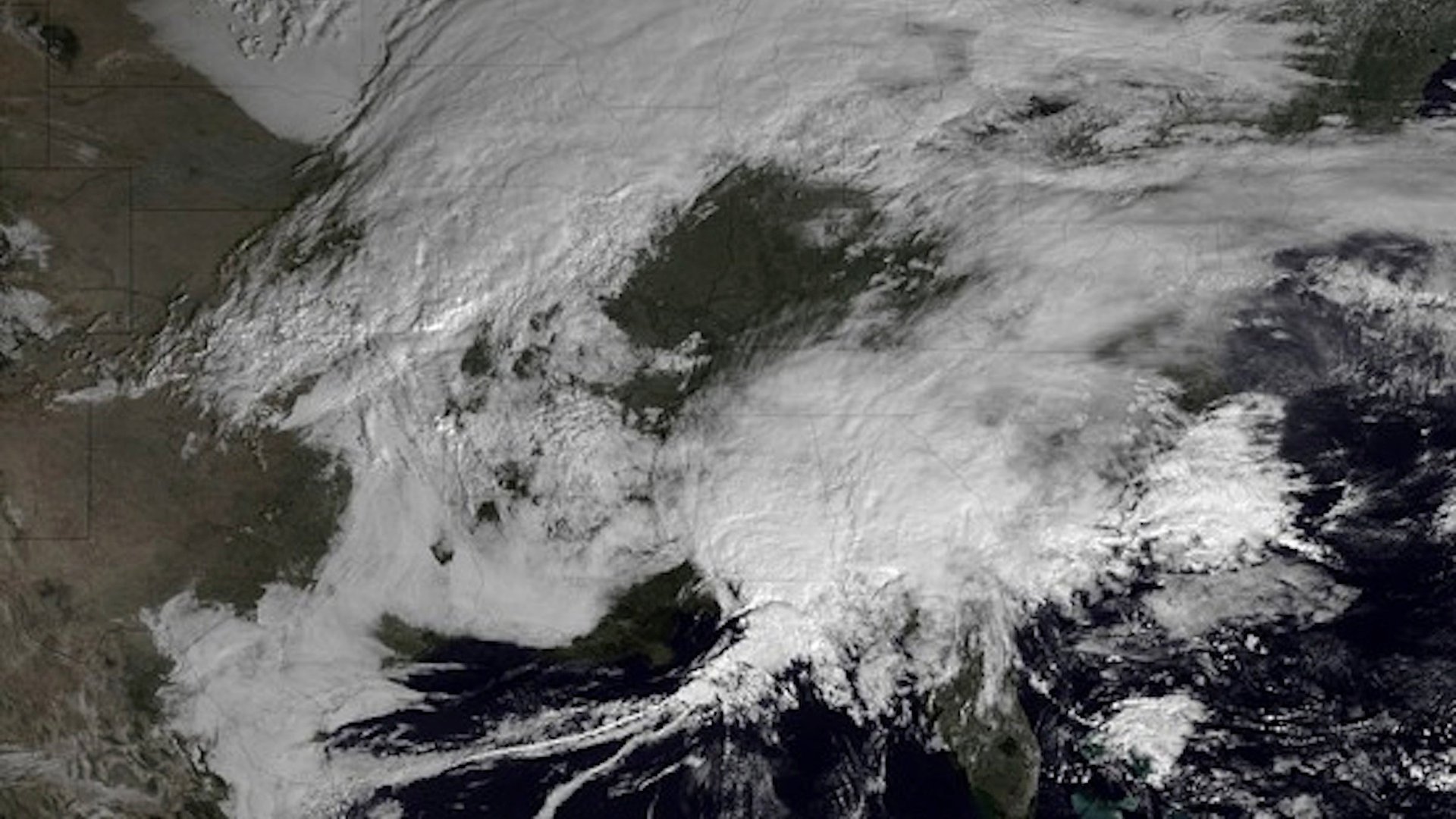Blizzard Nemo is great for the Weather Channel, ski resorts, and Californian cabernet
A blizzard of potentially record-setting proportions has begun its snowy descent on American cities across the country’s northeast, from Hartford, in Connecticut, up to Portland, in Maine. It could be the biggest blizzard some US cities have seen in a century.


A blizzard of potentially record-setting proportions has begun its snowy descent on American cities across the country’s northeast, from Hartford, in Connecticut, up to Portland, in Maine. It could be the biggest blizzard some US cities have seen in a century.
It can be difficult to assess the economic impact of snowstorms–which, unlike the effects of tropical storms or floods, is often indirect–and weather is too often an easy (and incorrect) scapegoat for bad economic data, from retail sales, to capital spending.
But blizzards sometimes do set in motion a chain of events that ripple out in the economy, and this snowstorm promises to mint some economic winners and losers.
Here’s a look at a few of them:
WINNERS
The Weather Channel, NBC, Blackstone, and Bain Capital:
Bigger storms, like this one (which could rival the blizzard that ravaged the northeast in 1978, killing 100 people) translate into bigger audiences and more ad revenue for the Weather Channel, according to Planalytics, a firm that studies the economic impact of the weather. The Weather Channel, which is owned by NBC and the private equity firms Blackstone and Bain Capital, announced earlier this year that it would start naming storms, the same way the National Weather Service (which is a government agency) names tropical storms (e.g. Sandy). The Weather Channel chose to brand this weekend’s storm “Nemo,” which means “from the valley” in Greek.
Californian vineyards:
Grocery stores were packed on Thursday Feb. 7 and into Friday morning. Of particular note: liquor stores in New England are being mobbed by customers preparing for a weekend indoors. And apparently, when people stock up on essentials ahead of big storms, wine tops the list. According to the manager of one liquor store in Long Island, NY, Cabernet is usually the most popular item to sell out before a blizzard.
The flailing, $6 billion US ski industry:
Ski resorts had a terrible year in 2012–the worst since 1991–because of unusually warm winter weather across most of the United States. But ski resorts in the northeast anticipate that the blizzard could significantly lift revenues this year: resorts in Vermont, for instance, have already seen reservations increase, and expect snowfall to allow more terrain to remain open, for much longer.
LOSERS
Airlines:
More than 3000 flights have already been cancelled, with Boston’s principal airport shutting down entirely Friday afternoon, while New York’s two main airports are canceling flights selectively but generously. The airlines affected are Delta, American Airlines, Jet Blue, US Airways, United and Southwest, though only Delta appears to have cancelled all of its northeast Friday flights so far.
Fashion designers and New York City:
Fashion week began in New York on February 7 and ends February 14. The bi-annual event generates almost $900 million for New York, and drew 232,000 attendees last year. The event’s organizers are worried about delivery delays, postponed or cancelled shows, and reduced attendance, all of which could take away some of the show’s luster–and revenues. Aside from revenue lost due to a lesser Fashion Week, the city of New York also stands to lose significant money from lost income and expenses related to blizzard preparation, snow removal, and property damage. A winter blizzard in 1996 cost the city about $1 billion; a snowstorm in 2010 cost it $68 million.